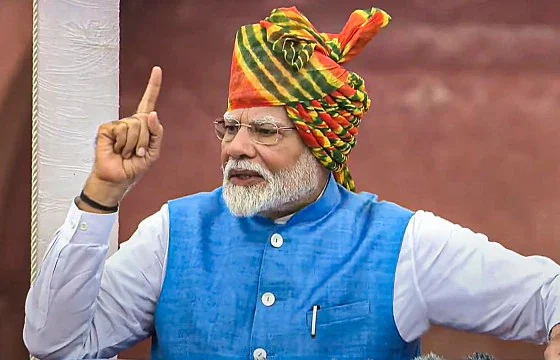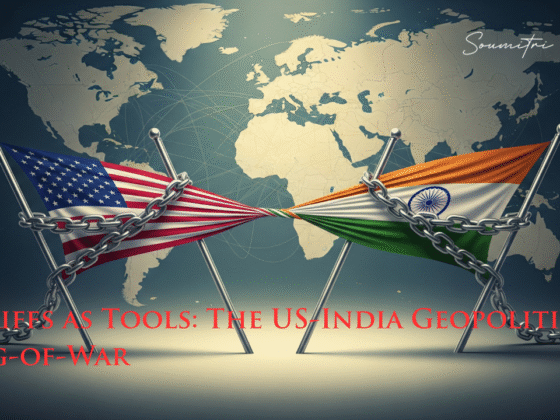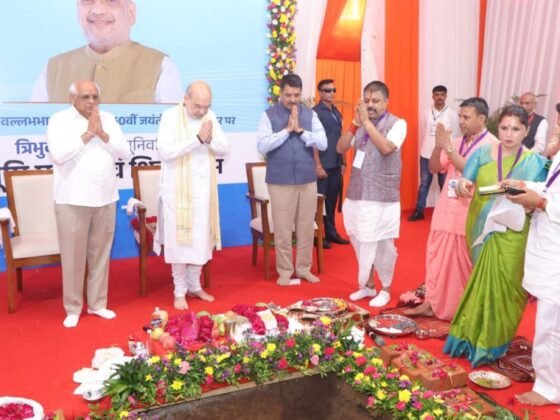The COVID -19 pandemic has changed education forever.
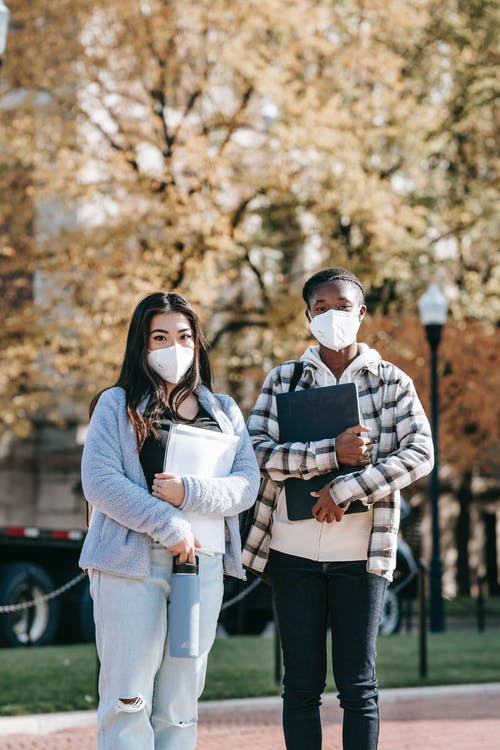
The pandemic has changed our reality until the end of time. Whilst that is a bold statement, sadly it is true. We investigated the impacts of COVID on education however we needed to take a more top to bottom look, to see a portion of the long haul gives that students and teachers face. The education sector has been particularly hard hit, especially as teachers and authoritative staff have needed to educate actually on the web. Teachers were also required to provide socially distanced lessons to students whose parents were key workers.
COVID pandemic induced The pandemic has forced students of all ages all over the world to seek alternative learning methods, with schools, colleges, universities, and other educational institutions closing for extended periods of time. The scenario has completely altered the way the world views education and learning. Virtual learning platforms have captivated students all over the world and are here to stay.
How Covid-19 Has Changed Education
As you are probably aware, the transition to e-learning was the most significant educational reform during the pandemic. Teaching transitioned from a face-to-face classroom setting to teaching remotely and students approached their illustrations using computerized learning stages. The following are the fundamental ways the pandemic has affected education are:
A combination of in-person and online learning
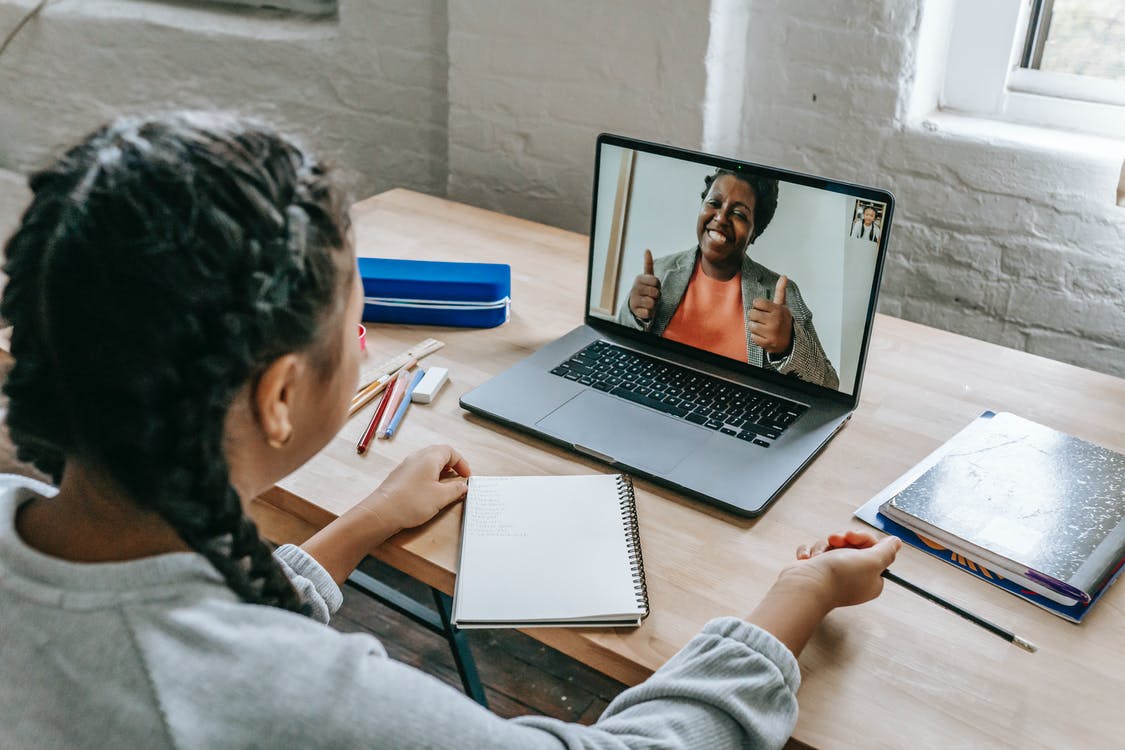
Some schools, particularly at the start of the pandemic, were able to combine e-learning with traditional teaching methods. Rather than being pushed into the deep end, this allowed students and teachers to become acquainted with the remote learning software. To ensure social distancing was maintained at all times, class sizes were reduced and the learning day was staggered.
Real-time online conferencing tools such as Google Meet and Zoom enable students to participate in global classrooms led by experts from all over the world. Lessons delivered via these media can be recorded and sent to students to watch videos at their leisure. Other online platforms, such as Microsoft Teams, Google Classroom, Canvas, and Blackboard, enable teachers to create curriculum-based content that is creative for education, coaching, and skill development. Professionals, teachers, and students are already using alternatives such as workplace chat and video meetings to manage their study material with the help of PDF, Word, and Excel files that helps to monitor learning and Assessment.
Social distancing
This is mandatory in each study hall in the UK now. However, attempting to keep up with similar size classes with the added tension of social distancing has been trying for some schools. More youthful kids find it challenging to understand the idea of social distancing as well; so it has been significantly harder for early years suppliers.
The government has recommended some measures such as –
- Maintain a minimum distance of one meter between everyone in the school.
- Increase desk spacing (at least one meter between desks), and space recesses/breaks and lunch breaks (if difficult, one alternative is to have lunch at desks)
- Limit class mixing for school and after-school activities.
- If possible, consider increasing the number of teachers to allow for fewer students per classroom.
Terminal examinations have suffered a setback in their credibility.
Many examination boards have canceled exams for the 2020/2021 academic year, as they did last year. Grades have been assigned based on teacher predictions and coursework, which has led many students to question the validity of final exams as an effective assessment tool. This shift in thinking has also influenced the online-learning market, which is growing in popularity due to the absence of terminal examinations from key course assessment components.
The risks of excessive screen time and gaming addiction have been emphasized.
On-screen behavior is frequently compulsive, with young people typically spending no more than one minute on any given page of content before swiping to another. Teenagers’ free time is consumed by social media for many hours. Many of the children in the study claimed to fall asleep on their phones at night.
Increased disparities between rich and poor students
The digital transformation and shift toward using technology more for learning have had a significant negative impact on those who lack access to the necessary resources. Many children, for example, relied on free school meals, which were hard to acquire during the early stages of lockdown. Some people did not have access to the internet, making learning impossible. This group of students felt increasingly isolated from the rest of the class.
The U.K. uses graduates as tutors to enhance educational opportunities for children in low-income neighborhoods. In addition to developing countries, developing countries are also seeking new solutions to the crisis. Bangladeshi teachers produce and broadcast public education programs. In the meantime, radio is used in Mozambique to reach children. The problem with these techniques is that they are not interactive; students cannot raise their hands to ask questions.
How Parents and Teachers Working Together
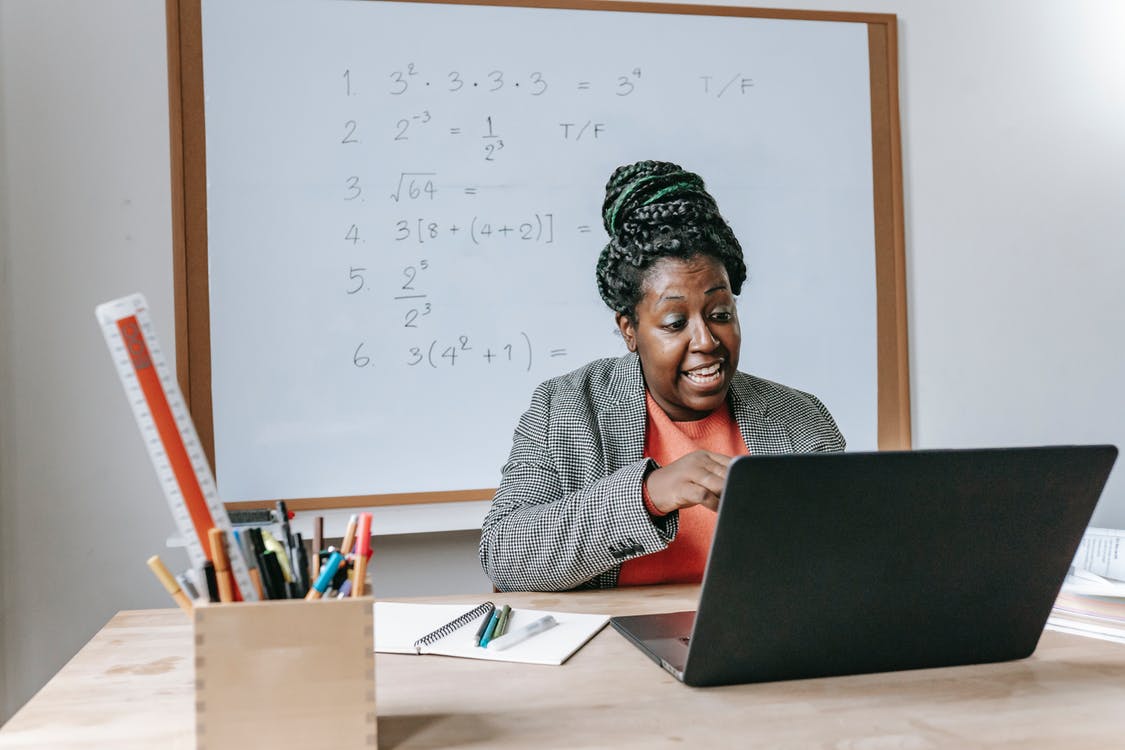
Parents are becoming more involved in their children’s education as classrooms and homes merge. Meetings between parents and teachers are now held online, and parents can easily track their children’s progress in school using the e-connect system.
Online tests are given, study materials are available, and students and teachers continue to work on weekly projects and assignments. WhatsApp, Facebook, YouTube, Zoom, Telegram, and Google have all emerged as new platforms for sharing and accessing information.
Teachers and educators are the first and most important students. They have done exceptionally well and have adapted to this process and the new learning process with great honesty, confidence, and integrity. Their unwavering efforts have paved the way for a brighter future for students across India.
In the current post-epidemic period, regular online classes have been established. In these times of despair for humanity, technology has too often stood out as our companion, life coach, guiding angel, and support. Through online witch doctors, teachers do an excellent job of informing students about teaching, teaching, science, and technology. In these unprecedented times, many teachers have done an admirable job of creating a customized reading lessons for students to fill the gap in their subjects. It’s a mixed feeling about how the pandemic has forever changed education, but we believe it’s for the upliftment of our children. The Pandemic has forever altered education.
Conclusion
Flipped classrooms are the most practical and cost-effective educational choices, providing the best exposure to technologically supported education with a plethora of options to help gain a deep understanding. Open and closed discussions with faculty and peers that promote problem-solving methods as well as logical analysis all aim to promote self-directed learning among both younger and older learning groups. Among the numerous technologies used to supplement online learning as a result of Pandemic restrictions, AR-based apps are quickly making a big impact in both physical and virtual classrooms.

 Add to favorites
Add to favorites


